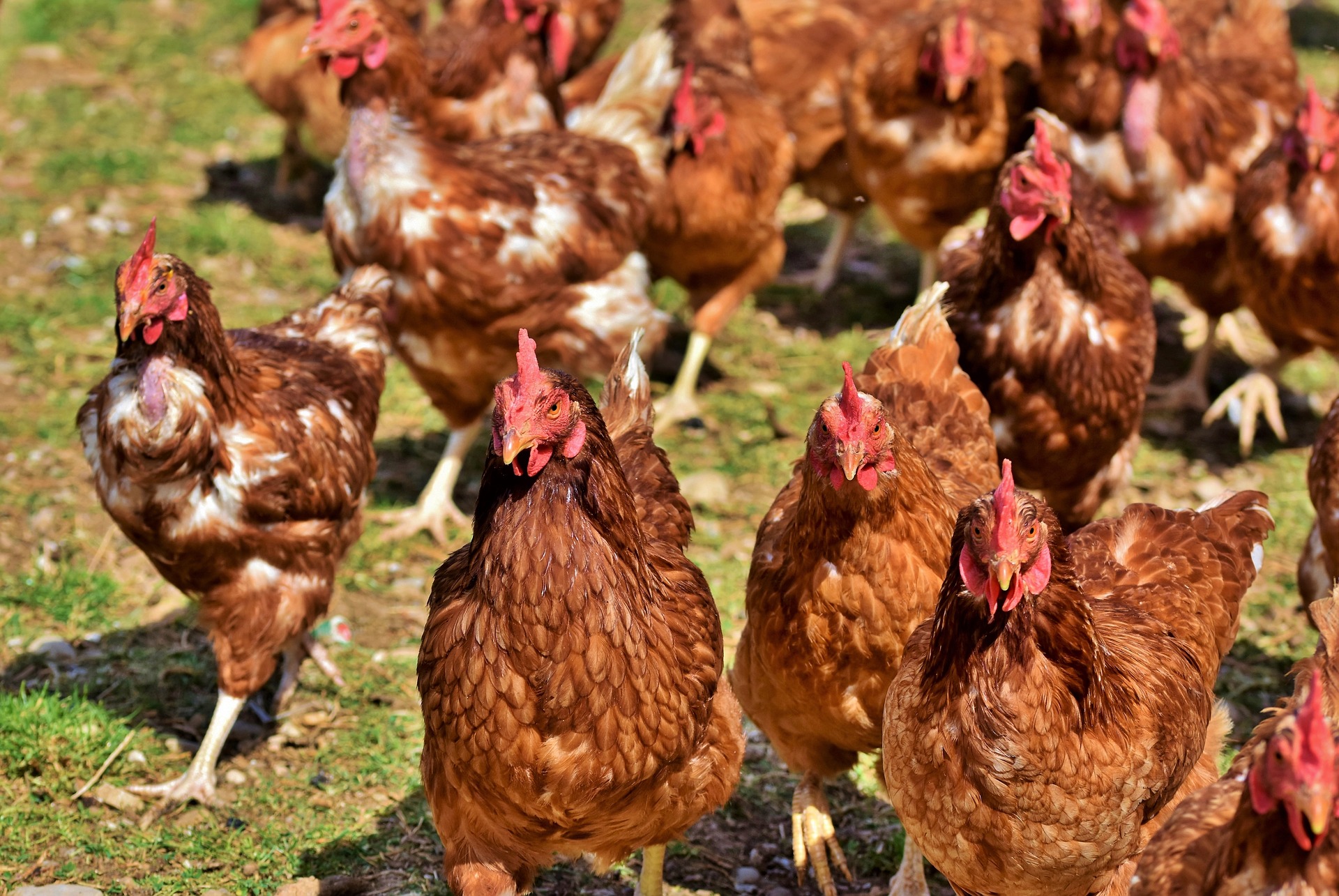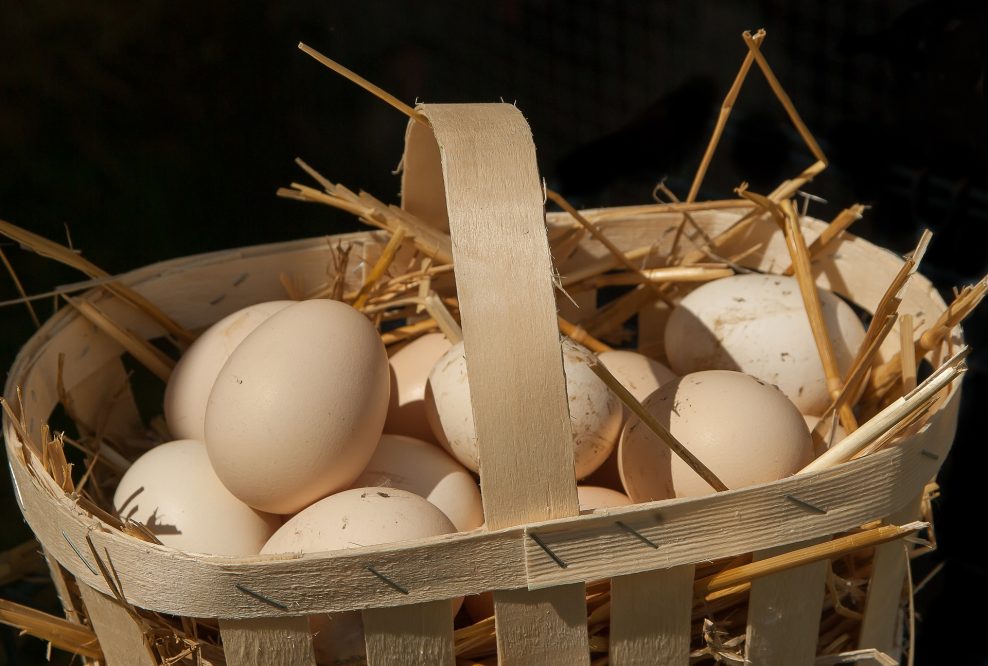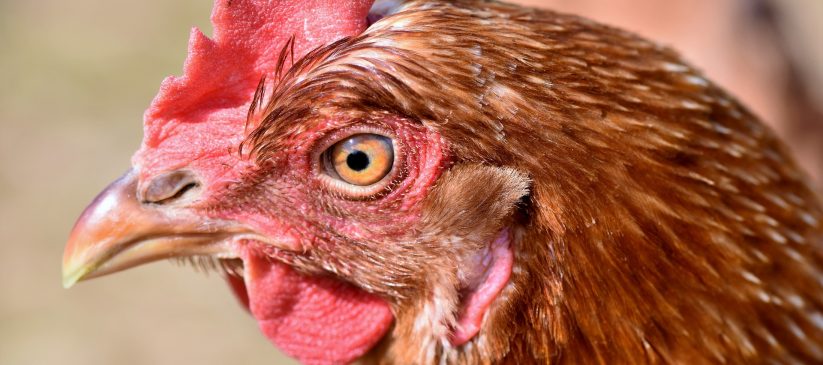Keeping Backyard Chickens
In suburban backyards, chickens are kept primarily to produce eggs. If they are free range they also help to control insects, weeds, fertilise orchards, eat garden and kitchen scraps and loosen soil by scratching.
They provide fertiliser in a suburban situation, and can be fed garden and kitchen scraps though confinement is usually necessary.
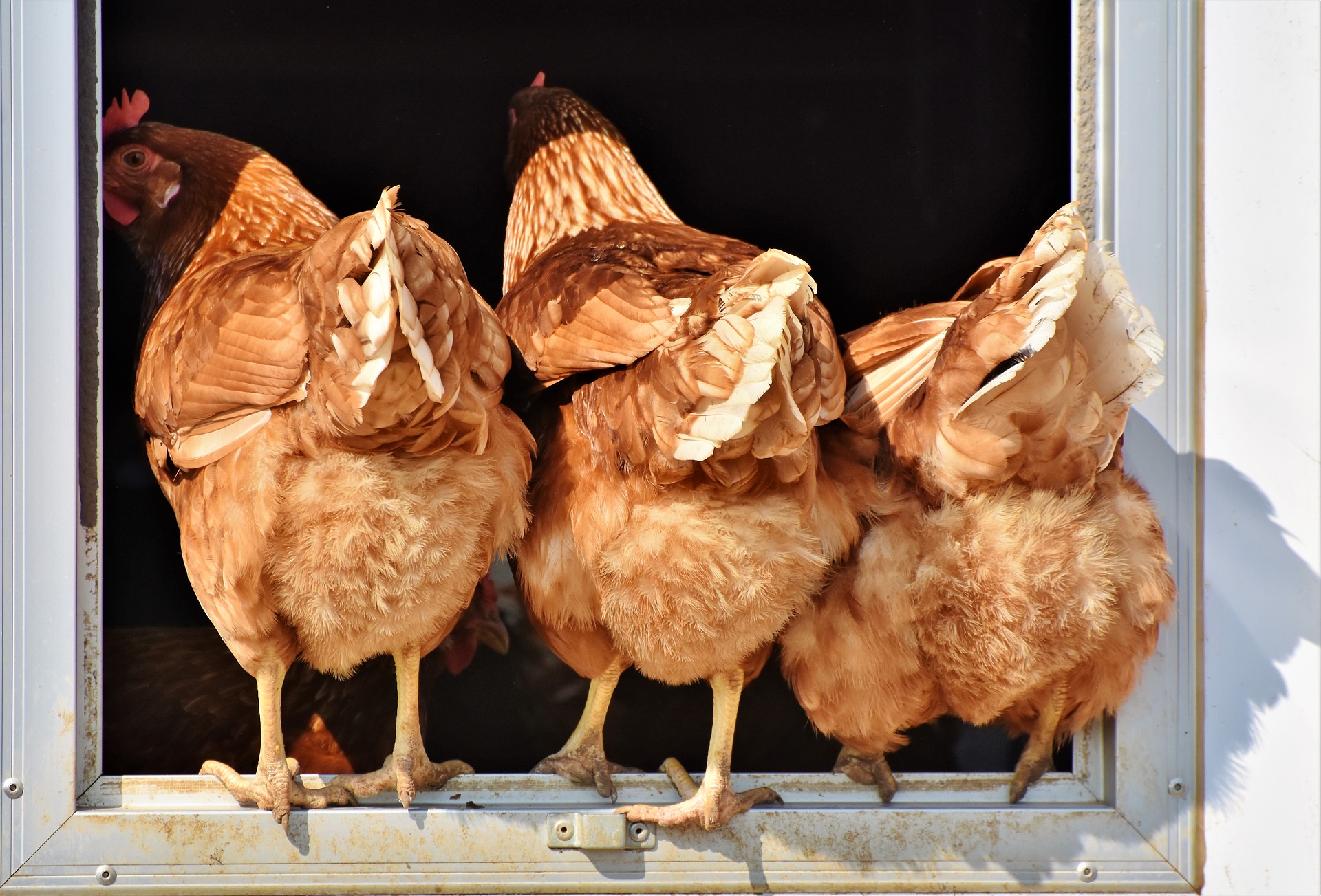
GETTING STARTED:
Most modern breeds of chickens have been developed for either meat or egg production.
A good starter flock to provide eggs for a household would consist of 4-5 vaccinated birds purchased from a reliable commercial source at 16-24 weeks of age (point of lay pullets as they are called). Once laying commences they are called hens. It is best to only replenish your flock from the same reputable source to avoid diseases.
Roosters are not needed for hens to lay and in most suburban situations roosters are prohibited as they crow early in the morning!
LEGAL OBLIGATIONS:
Under the Animal Welfare Act persons in charge of all animals including poultry must provide appropriate food and water and sick or injured birds must be treated humanely. Suspicious diseases (exotic diseases) must be reported to the Agricultural Department or a private veterinarian. These are diseases out of the ordinary.
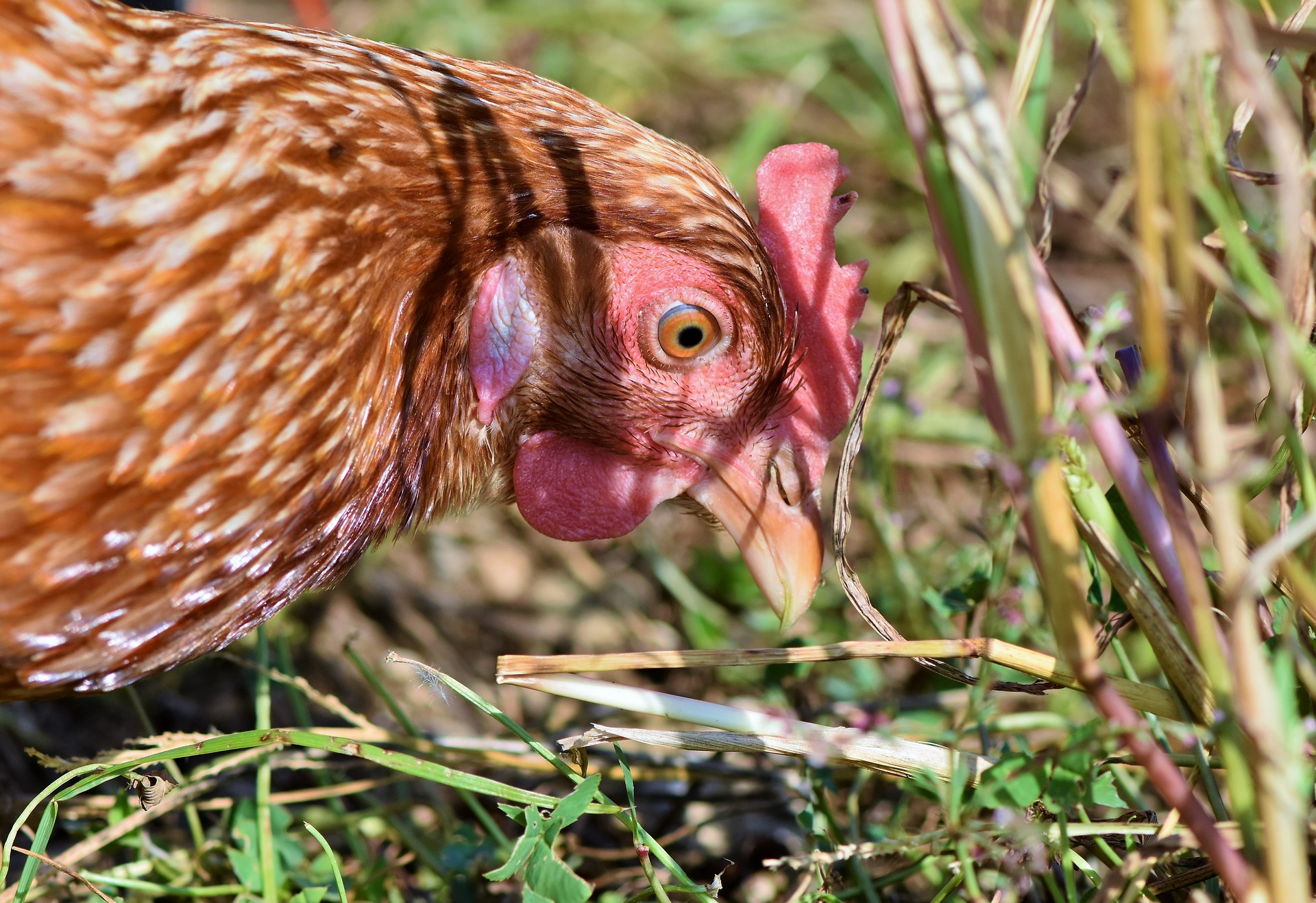
BREED:
When selecting your chickens, choosing a type which will produce eggs for longer periods of time over the year is best. The best backyard chooks, as far as egg production goes, are the crossbreeds.
The cross bred chicken is selectively bred to remove most of the instinct to go “broody”, which means to sit on eggs to hatch chickens. A chicken that doesn’t go broody will lay more eggs, not to produce chicks.
Crossbreds achieve the benefits of hybrid vigour and are better egg producers than either of the parent breeds. Crossbreeding also combines many other desirable traits such as low body weight (resulting in reduced feed costs) and non-broodiness.
Common Crossbreeds:
The most widely available Australian crosses are the:
- White cross: White leghorn/New Hampshire (white eggs)
- Black Cross: Australorp/New Hampshire (dark brown eggs)
- Red Cross: Rhode Island Red/New Hampshire (light brown eggs)
- The white and red crosses are the most popular and are the most prolific layers. The black cross will generally lay the least amount of eggs, however they are larger eggs. The black cross is also the most placid of the three.
- Another bird, of French origin, is the ISA Brown. This is a cross between the Rhode island Red and the Rhode island White. With production exceeding 300 high quality eggs in the first year and a very good temperament, this cross breed is likely to become exceedingly more common amongst backyarders.
HOUSING:
Check with local Council requirements and either build the appropriate shelter or you can buy one. Beware that the ground you use is free of contamination (common termite treatment prior to 1984, organochlorins, can be toxic and passed on to humans in the eggs). Also old and disused pens may be contaminated with ticks, mites, lice and fleas and should be thoroughly cleaned or discarded and new housing provided.
Outdoor pens should have runs totally enclosed and be 1800mm high with a wire roof as well to prevent wild birds getting the feed (and the eggs…ravens in particular). The wire mesh should not exceed 80mm in diameter (holes) and be buried 500mm into the ground at the base and extend outward under the ground for the same distance as well to prevent foxes, dogs and cats getting at the birds.
The chicken house should be fully enclosed with a fox-proof door, floor and roof and the base preferably concrete. The chickens should be locked in at night and the house facing East with some protective vegetation but still to let in the early morning sun.
An automatic watering system is advised and food left in the trough for no more than a week.
Sawdust (70-80mm) added to the floor becomes deep litter when mixed with droppings producing compost for the garden. Beware though as this compost can breed flies so it should not be stock piled.
To complete their home, the chicken house should have perches and nesting boxes which can be accessed from the outside.
FEEDING:
Chickens should have continuous access to good quality food with the right quantities and balance of all essential nutrients. In reality commercial pellets provide the best feed for backyard chickens. Contrary to popular belief these commercial pellets do not contain antibiotics or hormones.
Clean, cool, fresh water must be available at all times.
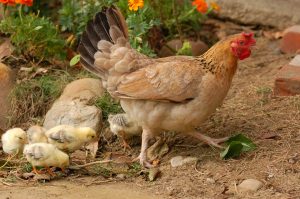
VETERINARY PROBLEMS:
Birds should be handled reasonably frequently and examined for disease as the feathers can mask weight loss and other problems. The colour of droppings, presence of diarrhoea, and demeanour of the birds should be noted every day.
A healthy bird should be bright, alert and active.
Sick birds may exhibit a range of clinical signs but generally are lethargic and lose their appetite.
- Egg bound hens – commonly the perches are set too high
- Cannibalism – faulty diet, overcrowding etc
- Lice
- Stick fast fleas – seen around the comb and eyes
- Mites and ticks: scaley leg & red mite
- Coccidiosis – blood in the droppings
- Worms – a common problem
- Viral Diseases: no cure and should be vaccinated against
- Newcastle disease
- Marek’s disease
- Infectious Laryngotracheitis and infectious bronchitis
- Egg drop syndrome and Avian Encephalitis
- Fowl Pox
- Bacterial diseases:
- Fowl cholera
- Mycoplasmosis
- Exotic Poultry Diseases. These are serious and notifiable
- Avian Influenza
- Newcastle Disease
